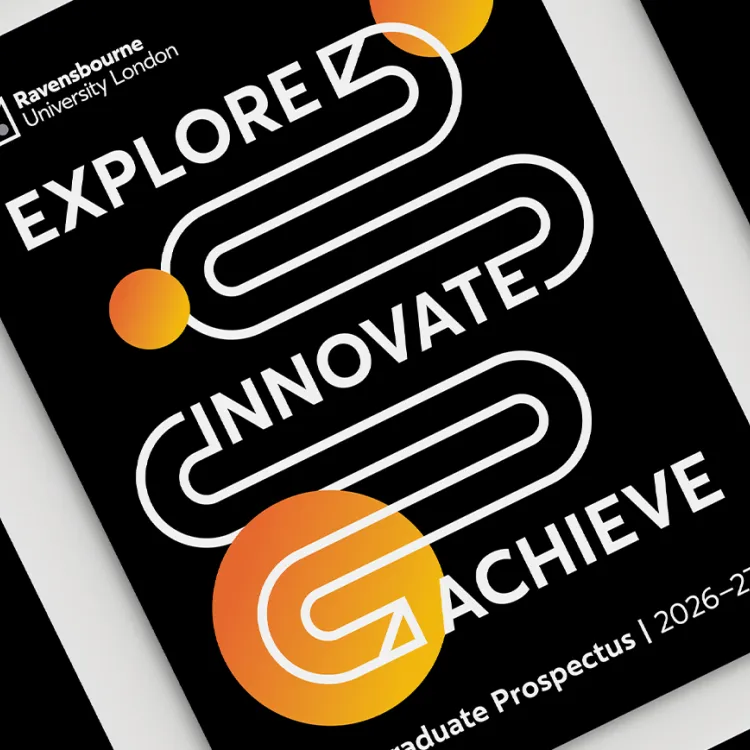Concept and creative process
Opening titles for an anthology of short horror stories from the 1960s. Charles McGhie recalls working on ’Late Night Horror’: “By the late 1960s I could use the BBC Visual Effects Department. They built a giant fly with a multi-faceted eye. My idea was to zoom in on the faceted eye, and multi-split the images, then continue on in until we came to one facet. Nobody knew how to do it, but I’d invented it and sold it to the producer anyway, so we had to come up with something! We did not know how to do a controlled zoom into a multi-faceted moving image then. Nowadays you can do it easily on a computer. The multiple images were literally strips of 35mm film laid down and backlit on the rostrum camera table. The closest we could get the camera in was about one inch (2.5cm). I shot the live action with an actress and Visual Effects made a nice rubber mask of her face that I could rip off. It wasn’t an easy job and literally every moment was a challenge. I was happy with it in the end, but I wasn’t happy doing it.” Charles McGhie’s use of specially shot live action and improvised techniques to combine shots in multiscreen repeats was truly ground-breaking and inventive for its time. The alchemy of images and sound design set the right spooky tone for the series.
